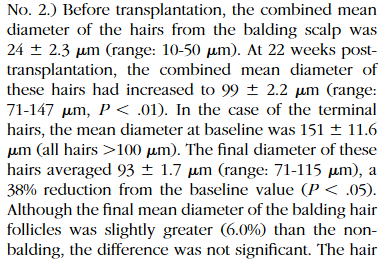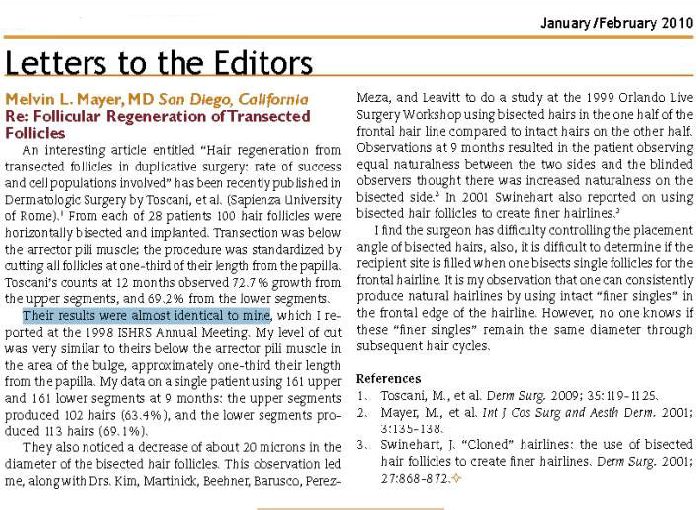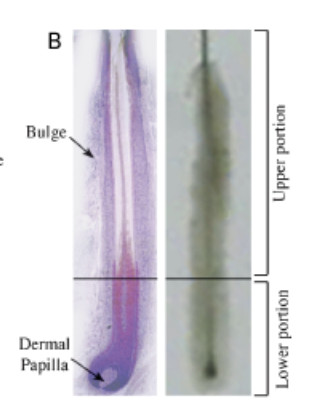@Takeela370,
Weren't you the one that went into the AA forum to search if people with Androgenetic Alopecia had regrowth through hundreds of pages? Do you know how stupid that was? What did you expect, that they would regrow their hair? Deluded. You didn't have to search for that, you could have known that many years ago. Literally many years ago. I admire the effort though, but it's pretty damn dumb to search for that.
You can't refute any of my points while I did refute the statement of the CEO and did indeed show that tofacitinib exerts it's biological activity at the epidermis. That's all I need to know. Drugs have a certain way of working and If I can evaluate whether tofactinib saturates JAK3 enzyme orally at the hair follicle then I know enough; a topical won't work. Period. And it has been shown that tofactinib works at the epidermis which is non-vascularized. Perhaps you should do a bit of reading about pharmacology & pharmacokinetics.
Furthermore seeing from your posts you certainly don't display to have any knowledge of even basic hair follicle biology at all. Your post a week back where you posted showed incoherent rambling at best. There are countless people on this forum alone who I can name who have way better knowledge as you.
Your best argument is basically this: "yo guys you know we don't actually know if it won't work because it has never been tested!
I'll give you that though Takeela. You are right. Maybe we should do a clinical trial of platypus piss and elephant sh*t in a topical. After all it hasn't been tested dude! How do you know it won't work with 100%?
Lmao.




